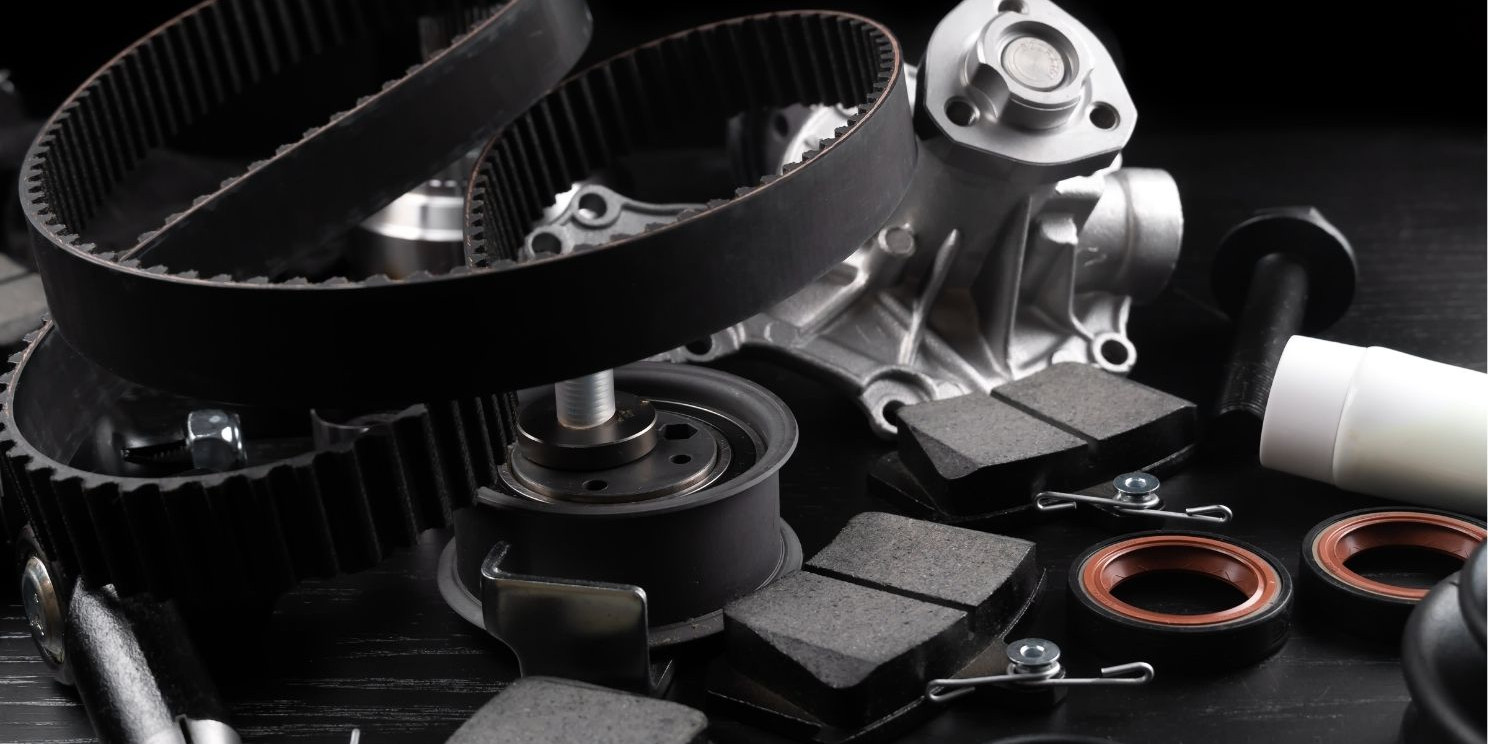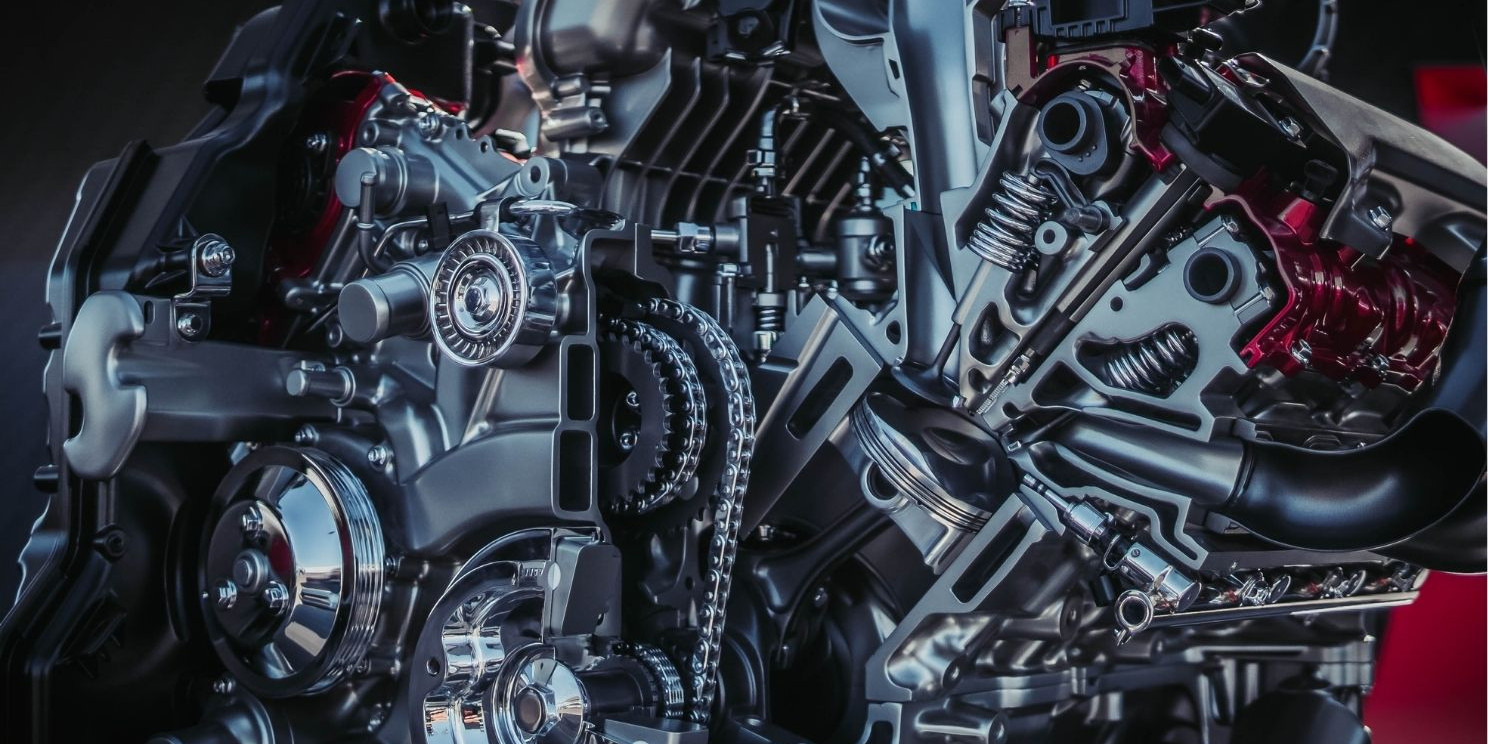When you open the hood of a vehicle or peer under the chassis, it’s easy to get overwhelmed by the sheer number of components that make a car function. Whether you’re a vehicle owner, aspiring mechanic, or automotive enthusiast, understanding the basic categories of automotive components is essential to diagnosing issues, performing upgrades, or making informed buying decisions.
In this beginner’s guide, we’ll break down the key automotive component categories you need to know—along with their roles in keeping your vehicle running smoothly.
1. Engine System Components
The engine is the heart of any vehicle. Components in this category include the engine block, cylinder head, pistons, camshaft, and crankshaft. These parts convert fuel into mechanical energy, propelling the vehicle forward.
Tip: Choosing high-quality engine parts can directly impact performance and fuel efficiency.
2. Transmission & Drivetrain
This category includes the gearbox, clutch, differential, drive shafts, and axles. The transmission regulates power from the engine to the wheels, ensuring your vehicle runs at the desired speed with optimal efficiency.
3. Suspension & Steering
These systems work together to ensure a smooth ride and precise control. Components include shock absorbers, struts, tie rods, ball joints, and steering racks. They provide stability, reduce vibration, and enhance handling, especially on uneven terrain.
4. Braking System
From brake pads and calipers to rotors and master cylinders, braking components are crucial for safety. Proper maintenance and timely replacement of worn brake parts ensure optimal stopping power and reduce accident risk.

5. Cooling System
To prevent the engine from overheating, vehicles use radiators, water pumps, thermostats, and coolant hoses. These components maintain optimal engine temperature, especially during long drives or in high-performance conditions.
6. Electrical & Electronic Systems
Modern vehicles rely heavily on electronics. Batteries, alternators, starter motors, ECUs (Electronic Control Units), and sensors power everything from ignition to infotainment systems.
7. Exhaust & Emission Systems
This includes the muffler, catalytic converter, exhaust manifold, and oxygen sensors. These parts manage noise, reduce pollutants, and ensure compliance with environmental regulations.
8. Fuel System
The fuel pump, injectors, fuel tank, and fuel filters deliver gasoline or diesel from the tank to the engine efficiently. Any failure here can lead to poor fuel economy or complete engine failure.
9. Climate Control
Air conditioning and heating systems, including compressors, condensers, blowers, and evaporators, ensure passenger comfort year-round.
10. Body & Interior Components
From bumpers and mirrors to seats, dashboards, and interior panels, these components define the vehicle’s appearance and comfort level.
Final Thoughts
Understanding these automotive component categories helps drivers, mechanics, and suppliers make smarter decisions. Whether you’re replacing a single part or sourcing high-quality OEM components, Global Denso Products is your trusted partner for reliable, high-performance automotive solutions.
Explore our full range of components and upgrade your vehicle with parts that meet or exceed industry standards.



